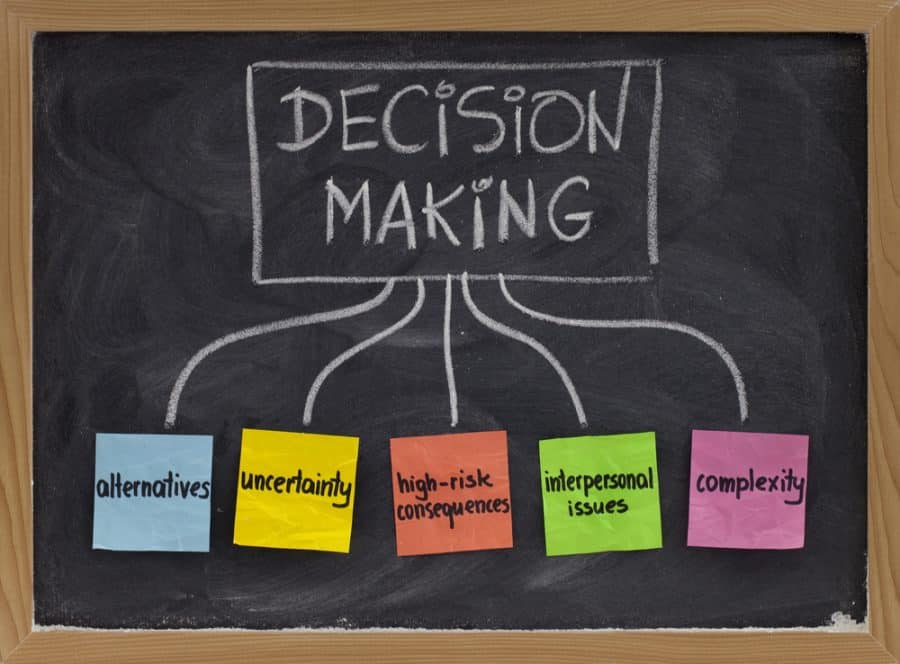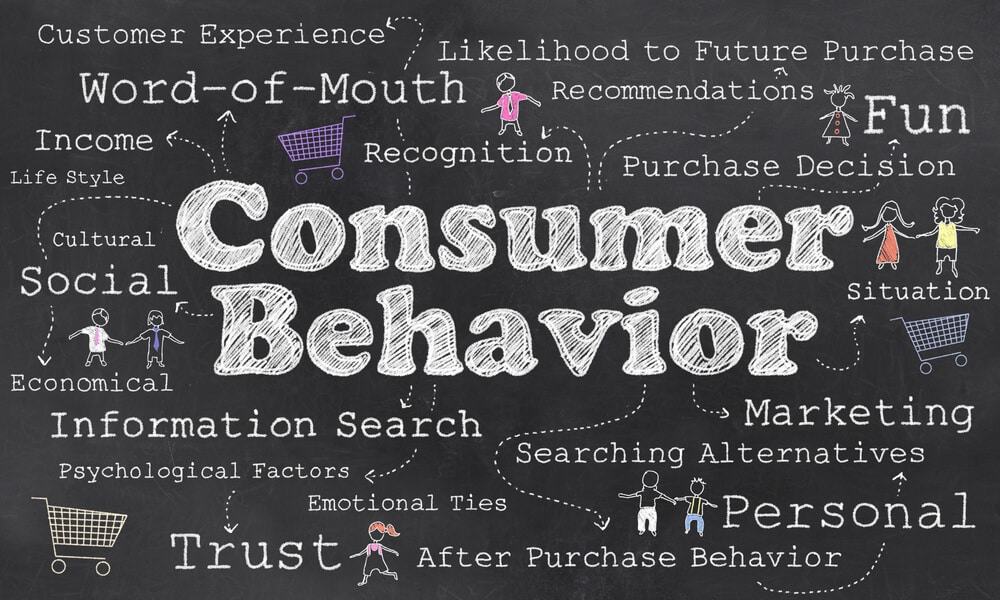What Is Consumer Behavior?
Consumer behavior in business and marketing is a multidimensional field that delves into how consumers make choices when acquiring, using, and disposing of products, services, and even things like experiences and ideas.
As such, consumer behavior is the systematic study of the processes and factors that may influence decisions that customers and consumers make while seeking products or services offered by businesses.
At its core, consumer behavior seeks to learn why consumers choose one product/service over another. It asks a myriad of important questions including: What is it that attracted them? How did they decide what to buy, when they made their purchases, and where? It wants to know what makes a consumer loyal to a brand and what might make them switch to a competitor. Getting answers to these questions is what every business needs to know, as understanding their consumers and their behavior is essential for the survival of every business.
By knowing what the consumers want, businesses can tailor their offerings and prepare specific marketing strategies that would meet the needs, desires, and expectations of their target audiences.
Consumer Behavior Explained: What Factors Influence Consumers?
Consumer behavior is a complex, dynamic process that is often influenced by a variety of factors. Some of them are considered internal, while others are external. However, a business must understand how to connect with its target audience and develop effective strategies.
Internal factors
Internal factors can be split into two simple categories — psychological factors and personal factors.
Psychological factors allow businesses to understand the consumers’ motivations or what it is that motivates them to make a purchase. Sometimes, it is fulfilling a basic need, such as hunger and thirst, but it can also be a desire for status, self-actualization, and the like.
Psychological factors also include perception, or how the consumer perceives information about a brand or product.
Learning can be a driving factor too as consumers acquire knowledge about products or services through various sources.
Another significant factor is the consumer attitude which is derived from their beliefs, past experiences, information collected, and more.
On the other hand, there are personal factors, the first of which is age or life stage. Age drastically affects consumer behavior in a number of ways.
Another personal factor includes the lifestyle of a consumer and their values. Everyone has their lifestyle and bargains, so everyone makes their own decision, which might ultimately differ from what someone else would do. Businesses, therefore, tend to categorize lifestyles and create products that appeal to individuals who share similar views and values.
Then, there is the consumer’s occupation, which can strongly influence their purchasing behavior. After all, a student and a business professional do not require the same products.
Finally, another personal factor that plays a role in consumer behavior is their economic situation. A person’s income and financial status play a substantial role in decision-making, which allows businesses to adjust their pricing accordingly.
External factors
On the opposite side, internal factors are external factors, which are also split into two categories — cultural factors and marketing mix.
Cultural factors deal with the consumer’s culture and subculture, often dictating their values, practices, and cultural norms. The consumer’s social class, which will also determine what products they are interested in and what they can afford, is also influential.
There are also reference groups that can impact the consumer and determine what they are influenced by, such as family, friends, coworkers, social circles, and others. And finally, the last significant cultural factor includes social networks and other digital influences. Social media advertising, online communities, and correspondingly, have had a substantial impact on consumer behavior over the last two decades, which is unlikely to change moving forward.
The second group of external factors — the market mix — includes the product, its features, quality, and even packaging. For most people, the price also plays a significant role, but so does the place where they can purchase the product, meaning that availability and distribution are worth considering.
And, of course, the product’s promotion — meaning how it was advertised, marketed, and promoted, can sway consumer choices, as well.
How does consumer behavior work: Understanding the decision-making process

One of the most essential aspects of consumer behavior that businesses must understand is the consumers’ decision-making process. This is a dynamic and intricate series of steps from the perspective of a business, although, for a consumer, these steps tend to appear as a desire or need for a product caused by one of the mentioned factors. From there on, consumers will likely use their feelings toward products to guide them when choosing the one to buy rather than facts.
However, if you wish to understand the steps that consumers go through, there are five of them to unpack:
- Problem recognition — The whole process starts with problem recognition, where the consumer becomes aware of a need for the product, whether because it solves a problem or because they desire it for some other reason. This is an opportunity for a business to understand what is needed to push consumers toward their product.
- Information search — After realizing the need, consumers would start gathering information about the product, and this search can be rather extensive. They will assess internal and external communication and consult different sources (online reviews, friends and family, advertisements, etc.) to inform themselves. For businesses, this stage grants them an opportunity to educate the consumer about their product in a transparent and informative way.
- Evaluating the alternatives — At this point, consumers will start considering their options. This is where they compare and weigh different attributes and features between products/services that can resolve the problem or satisfy their needs. This is also where they consider the price, quality, brand, availability, convenience, reputation, personal preference, and alike. This is the stage where businesses have to make their product seem as appealing as possible to be chosen.
- Making a purchase decision — Once the evaluation is over, the consumer will finally decide which product or service to buy and which brand or source. This is the stage where businesses can learn the impact of their marketing and other efforts dedicated to selling the product or service. It is also an opportunity to ensure a seamless and positive purchase experience, making the consumer consider them again when they have a similar need or potentially recommend the brand to others.
- Post-purchase behavior — The final stage is the post-purchase behavior, which is where the consumer will assess their entire experience, in addition to their satisfaction with the product. A satisfying experience can lead to brand loyalty, positive recommendations, and repeat purchases. This is a chance for businesses to grow their customer base and potentially receive feedback on the purchase experience.
The Future of Consumer Behavior
The landscape of consumer behavior is evolving constantly as consumers change over time. It is influenced by countless factors, like technological advancements, emerging global trends, changing social dynamics, and more. As we look to the future, businesses need to be aware of these changes in trends, technology, and otherwise, to remain competitive and up-to-date with consumer needs and desires.
